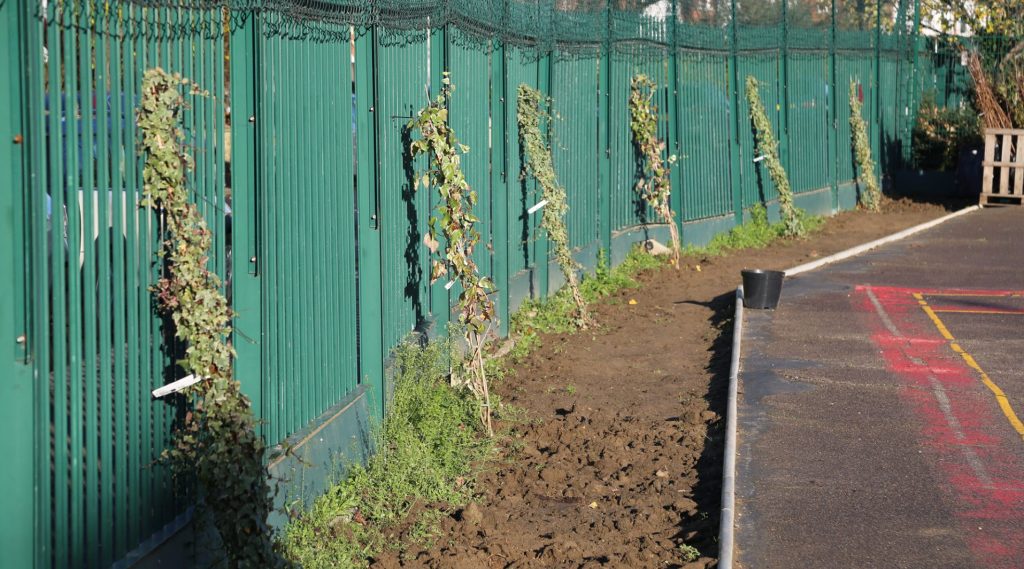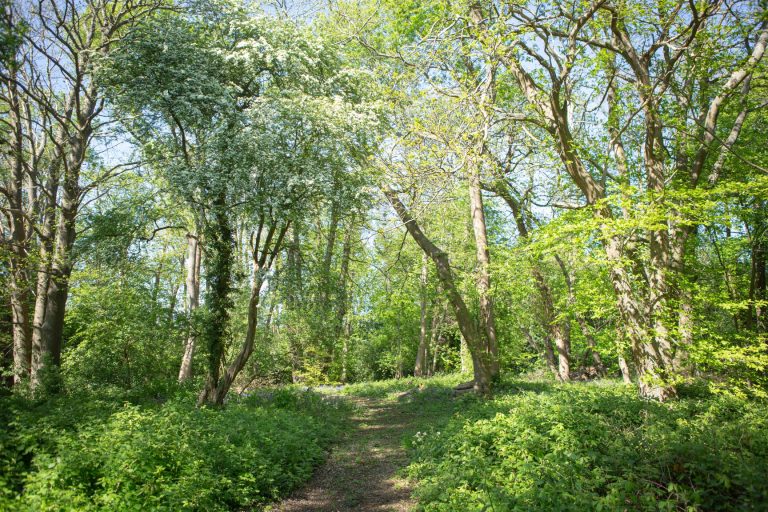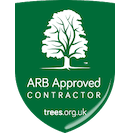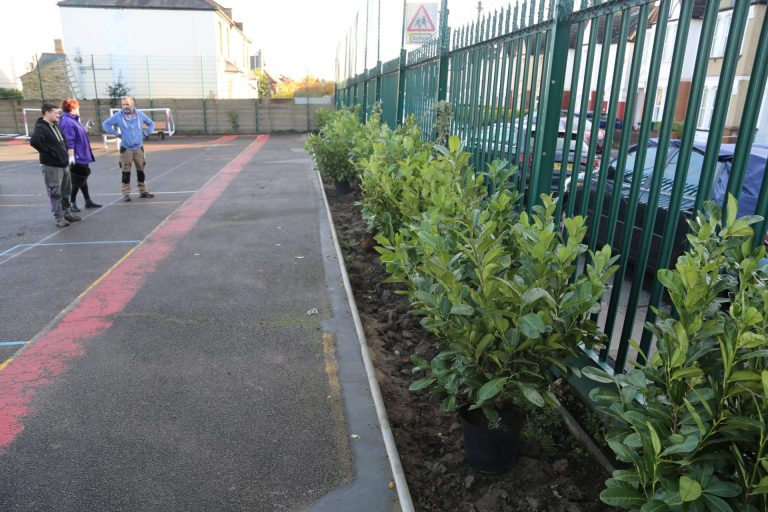Breathe new life into your outdoor space with our expert tree planting service. Our arborists will advise on the best types of tree for your space, then undertake careful and strategic planting for healthy growth.
TreesUK - South East London tree surgeons
Our highly trained, courteous and passionate team offer arboricultural services throughout Croydon, Bromley, Sevenoaks and surrounding areas.
Payment secure: all major credit cards accepted.

Vat no. 295779037
Company no. 10786294
Contact us
- 020 8090 1514
- [email protected]
- Longfield Farm Cottage, Nash Lane, Keston, Bromley, BR2 6AP
Certified by










